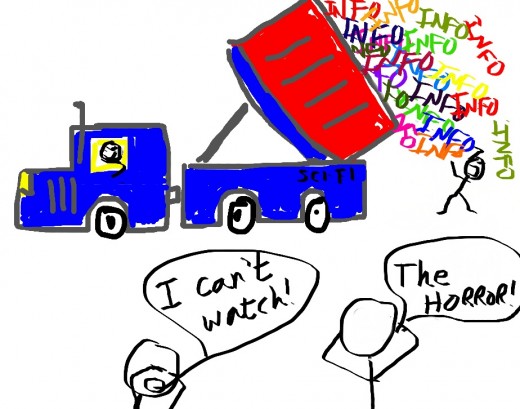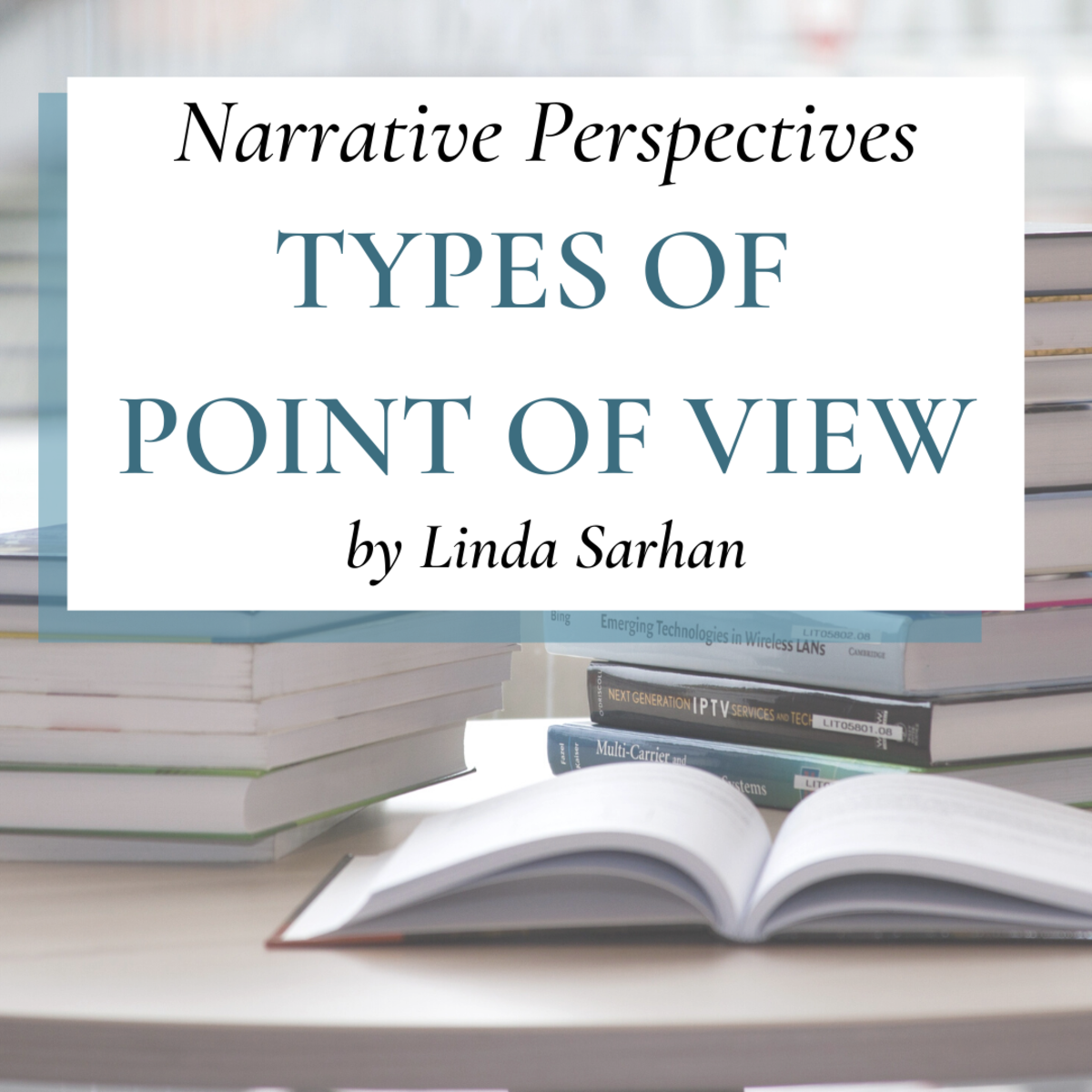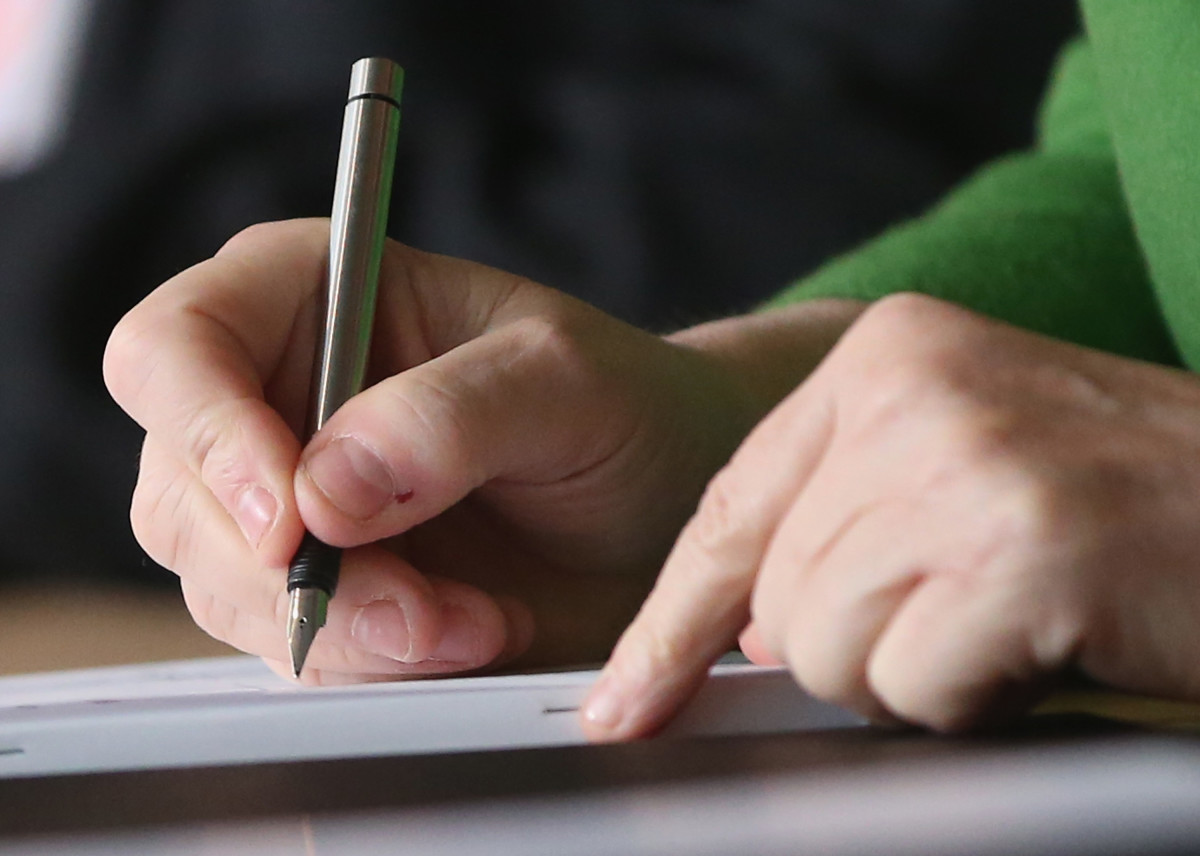How to Write in Deep Point of View -- Part 4
Avoiding the dump
Did you know that Information Dumping is a Point of View error?
When I first started developing a workshop based on the things I was seeing in contest entries, I polled some editors and agents, and asked them about the most common mistakes they saw in submissions from unpublished authors.
The number one answer was “information dumping.”
You’ve probably been warned not to include too much backstory or unnecessary description in your story. Backstory and over-description are just two of the more obvious forms of information dumping.
Simply put, an “Information Dump” is when you, the writer, have “dumped” information into the story at a point when it does not make sense for the POV character to be thinking about it. An Info Dump can last for a chapter, a page, a paragraph or a sentence. You probably put it in with the best of intentions, thinking that the reader needed this information in order to understand a character’s behavior, or to give them a sense of place. Instead, you either, 1) slowed the story down, or, 2) interrupted the reader’s connection with the character or, in many cases, both.

Info Dumping and Description: Setting
I recently critiqued a manuscript with a POV character driving home from work. It first had him getting into his car, naming the make, model and color. It went on to describe all the scenery he passed, up to and including his driveway and the color of the exterior paint on the house.
Do you really notice all of these things on a routine drive home from work?
Think about the last time you arrived home after being gone for a couple of hours. When you walked through your front door, what did you notice?
- Is the message light on your answering machine blinking?
- What time is it? Did I miss Grey’s Anatomy?
- Does the dog need to go out?
- Did the older kids duct tape their little brother to the refrigerator again?
What you probably did not notice was the color of your carpet, the paint on your walls, the general layout of the room, or the style of your furniture. You can perceive all of these things but, if your brain is wired like most people’s, you probably only notice those things that are out of place or require your immediate attention.
I say “if your brain is wired like most people’s” because there are exceptions. People who have a certain kind of OCD (Obsessive Compulsive Disorder) actually see all details in a setting equally. They see the blinking light on the answering machine, but it doesn’t distract them from the fact that the books in the bookcase are in a different order than the last time they were in the room.
On the TV show Monk, the detective is often brought into a crime scene to notice details that others miss. It’s meant to be funny, but for a person with Monk’s variety of OCD, the dead body in the center of the floor is no more out of place than the cup whose handle is facing the wrong direction on the table.
For the rest of us, in order to notice familiar details of setting, we need a reason to be thinking about them at that particular moment.
My critique partners are always insisting that I include a bit of description and stage direction, especially when it’s the first time in the story that we’re visiting a particular scene. They like to get the lay of the land, so that they can perceive the scene along with the character. So, I have to come up with a reason for the character to be thinking about setting. Here are some things I use:
- The setting evokes an emotion. The peeling paint makes the POV character anxious, because she knows she can’t afford have it painted, or to take time off work to do it herself. Or, the smell of fresh paint gives her a feeling of satisfaction, and reminds her that she’s glad she chose yellow over the objection of her husband, who thought it would be too gaudy. The realization that the leaves on the trees are starting to turn red and gold makes the POV character wonder where the summer has gone. The sour smell as the POV character enters the room makes him feel guilty that he hasn’t taken out the trash, which causes him to look around at the general clutter.
- The character must react to the setting’s attributes. When the POV character drops his keys on the foyer floor, they make a loud clatter on the Mexican tile. The room is dark because the heavy damask curtains have been drawn, and the POV character has to navigate around the overstuffed chair in order to open them. He trips on the corner of the Oriental rug, nearly knocking over the fragile vase on the glass end tables. He clears aside the kid’s art project in order to put the grocery bags down on the dining room table, and some of the construction paper drifts down to the hardwood floor.
- The setting is important to the action of the story. The POV character is in a car chase, and the narrow, winding streets are slowing down his Dodge Charger, while making it easier for the bad guy on the motorcycle. Damn—he’s just scraped off some of the shiny red paint on a parked car! or... The POV receives a phone call that needs to be kept a secret, but there’s no privacy in an office with low-walled cubicles, so she has to navigate the rat maze into the building’s lobby, where her high-heels make too much noise on the shiny marble floors and her voice echoes in the ultra-modern, high-ceilinged room, drawing unwanted attention from the security guard.
A little detail will help your reader experience the setting along with your character. How much detail is correct? As much as it makes sense for your character to be aware of at that moment in the story.
Other Lessons in this Series
- How to Write in Deep Point of View--Part 1
This is the first in a series of articles by novelist Toni Andrews about writing character-driven fiction. - How to Write in Deep Point of View--Part 2
It's all about Perception! Learn about the link between the five senses and deep point of view. - How To Write in Deep Point of View -- Part 3
What are you thinking? Learn how a point of view character's thoughts can be used to deepen point of view. - How to Write in Deep Point of View -- Part 5
More about Information Dumping and how to avoid it.







